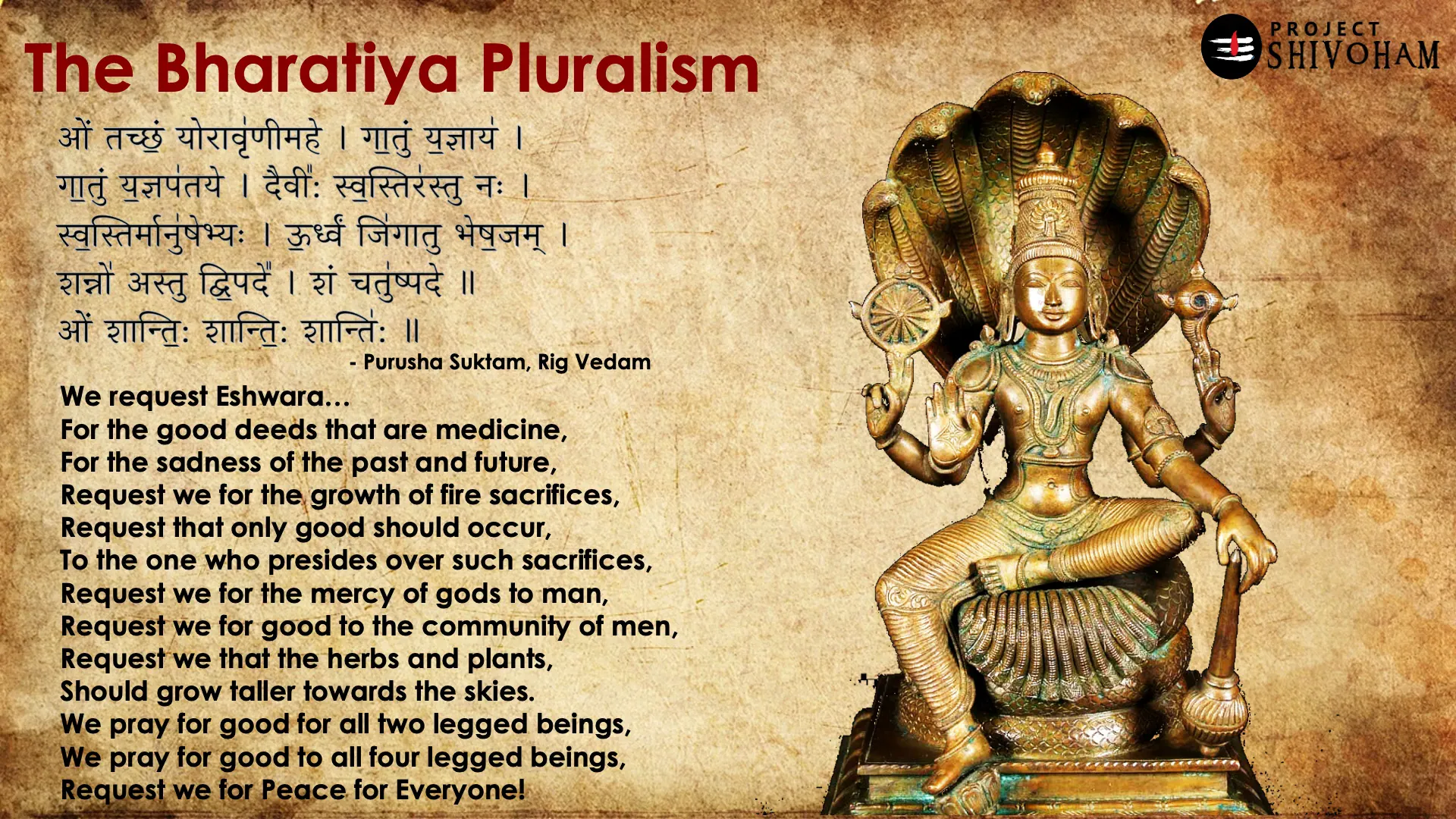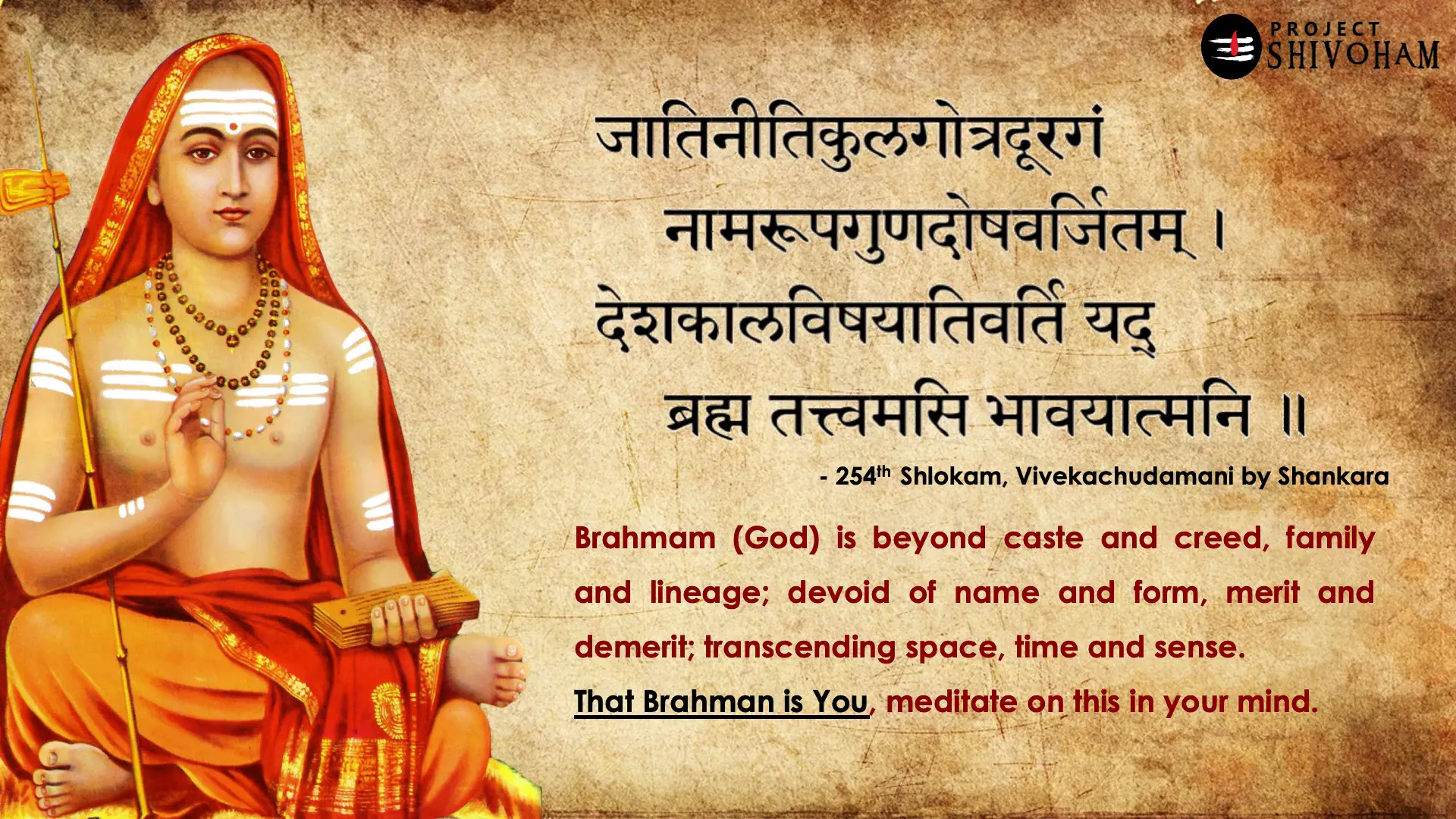In this exploration of secularism within the context of Indian philosophy, we delve into the historical origins and implications of secularism as it relates to Bharat’s rich tapestry of dharmic traditions. Through the lens of Shankara’s teachings, we seek to understand whether secularism is truly compatible with India’s inherent pluralism.
Table of Contents
- Introduction to Religion and Secularism
- Dharmic vs. Abrahamic Philosophies
- Pluralism in Bharatiya Philosophy
- Constitutional Context of Secularism in India
- Challenging Pseudo-Secularism
- The Pluralistic Fabric of Bharat
- Final Thoughts on Pluralism vs. Secularism
- FAQs on Secularism and Pluralism
Introduction to Religion and Secularism
Religion has long been a powerful influence on human society, shaping cultures and governing structures. Its role in the geopolitical landscape cannot be overstated. Today, the discourse around religion often intersects with the concept of secularism. But what does secularism truly mean? For many, it denotes religious freedom; for others, it suggests minority appeasement or even an affront to traditional values. This divergence in understanding prompts a deeper look into the nature of secularism itself.
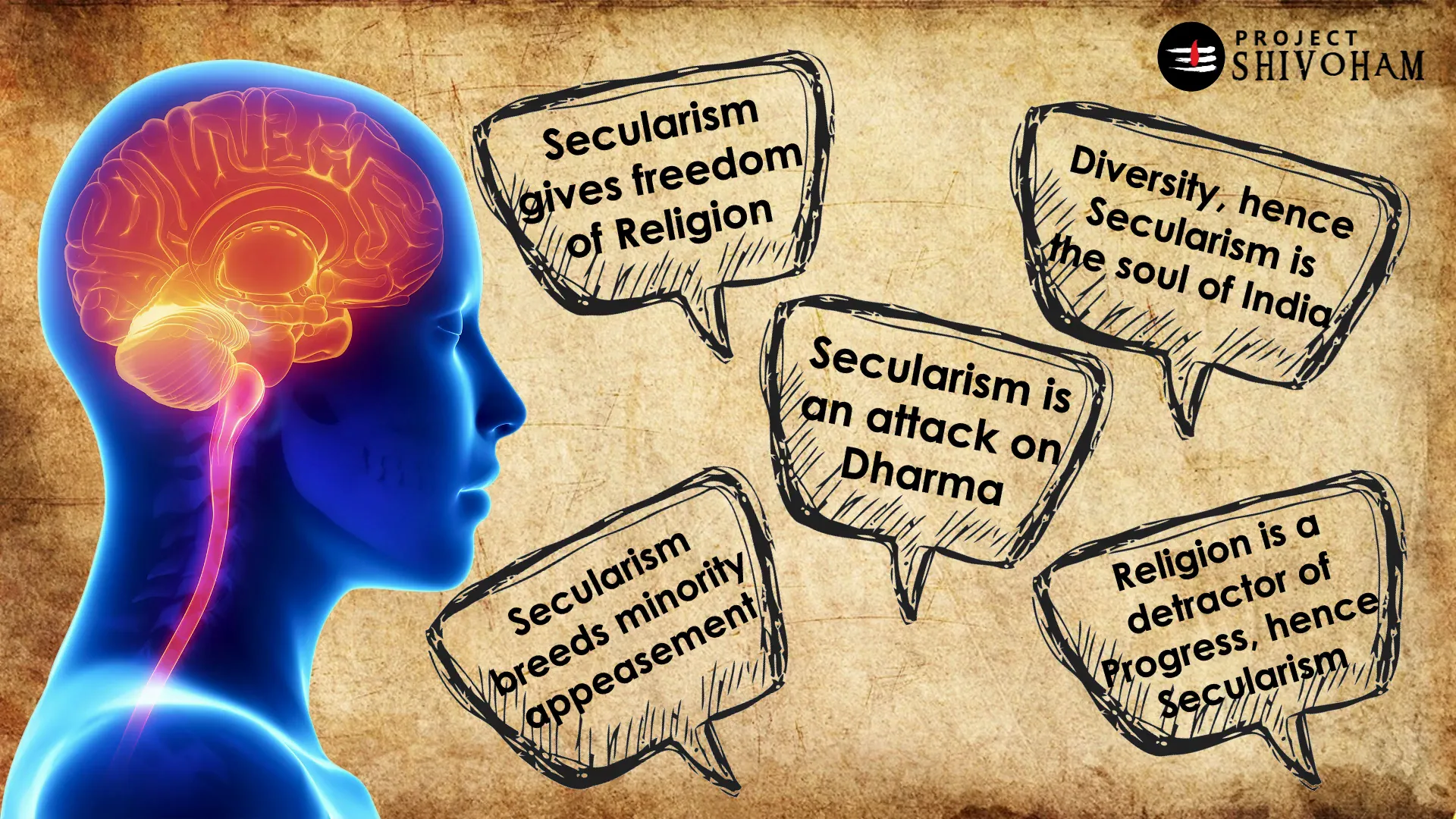
Shankara’s Legacy of Harmony
Shankara, a towering figure in Indian philosophy, sought to resolve ideological conflicts through rigorous discourse and debate. His teachings emphasized the pursuit of knowledge and understanding, fostering peace and harmony among diverse groups in Bharat. Following his legacy, we can explore whether secularism aligns with the pluralistic fabric of Indian society.
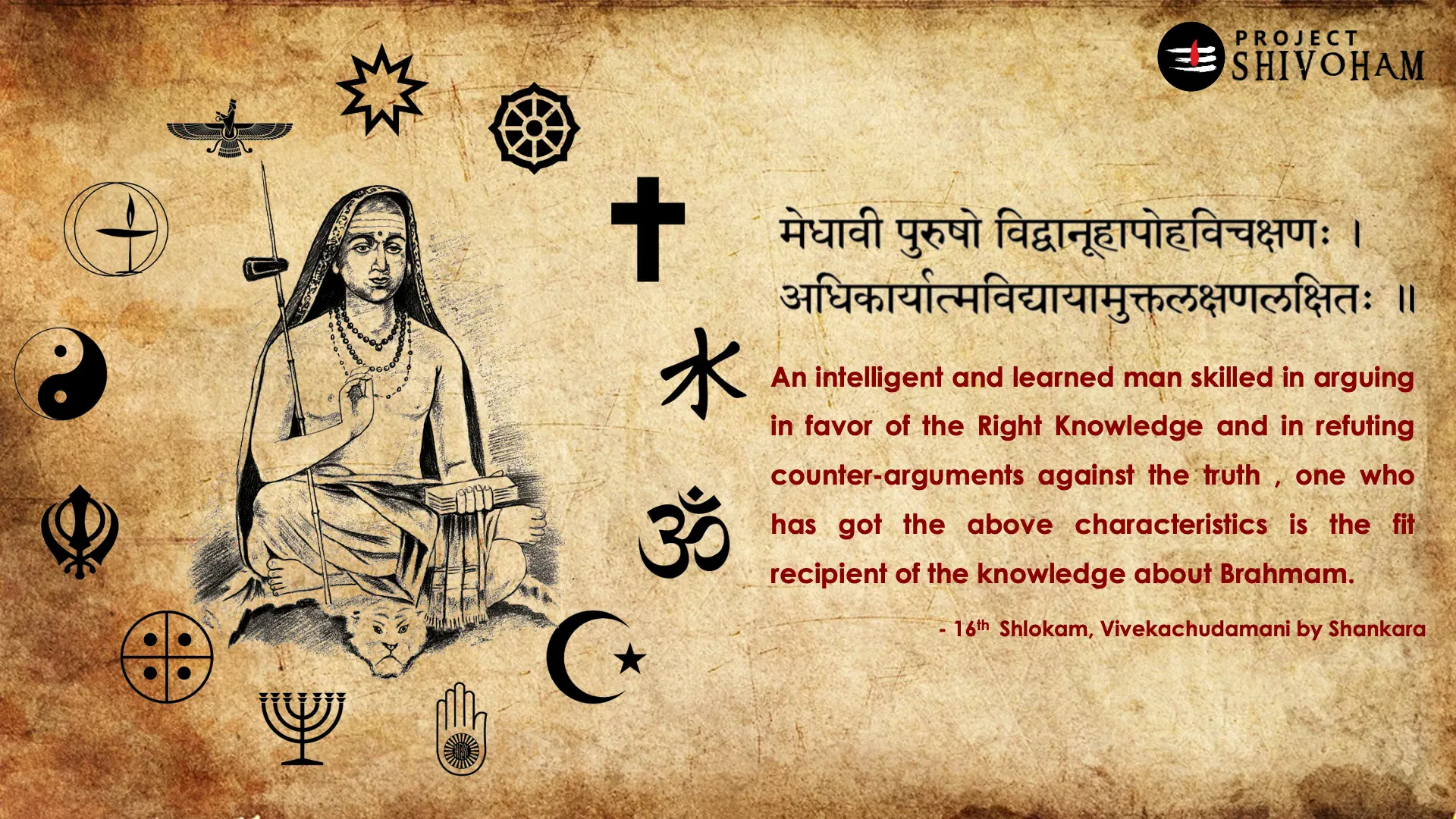
Understanding Secularism
Secularism is often misunderstood as merely providing freedom of religion. However, it fundamentally represents the separation of state and religion. This distinction is crucial; secularism posits that the government should remain neutral toward all religions, thereby preventing any one belief system from influencing governance. In essence, it is not about religious freedom but about ensuring that religion does not dictate state affairs.
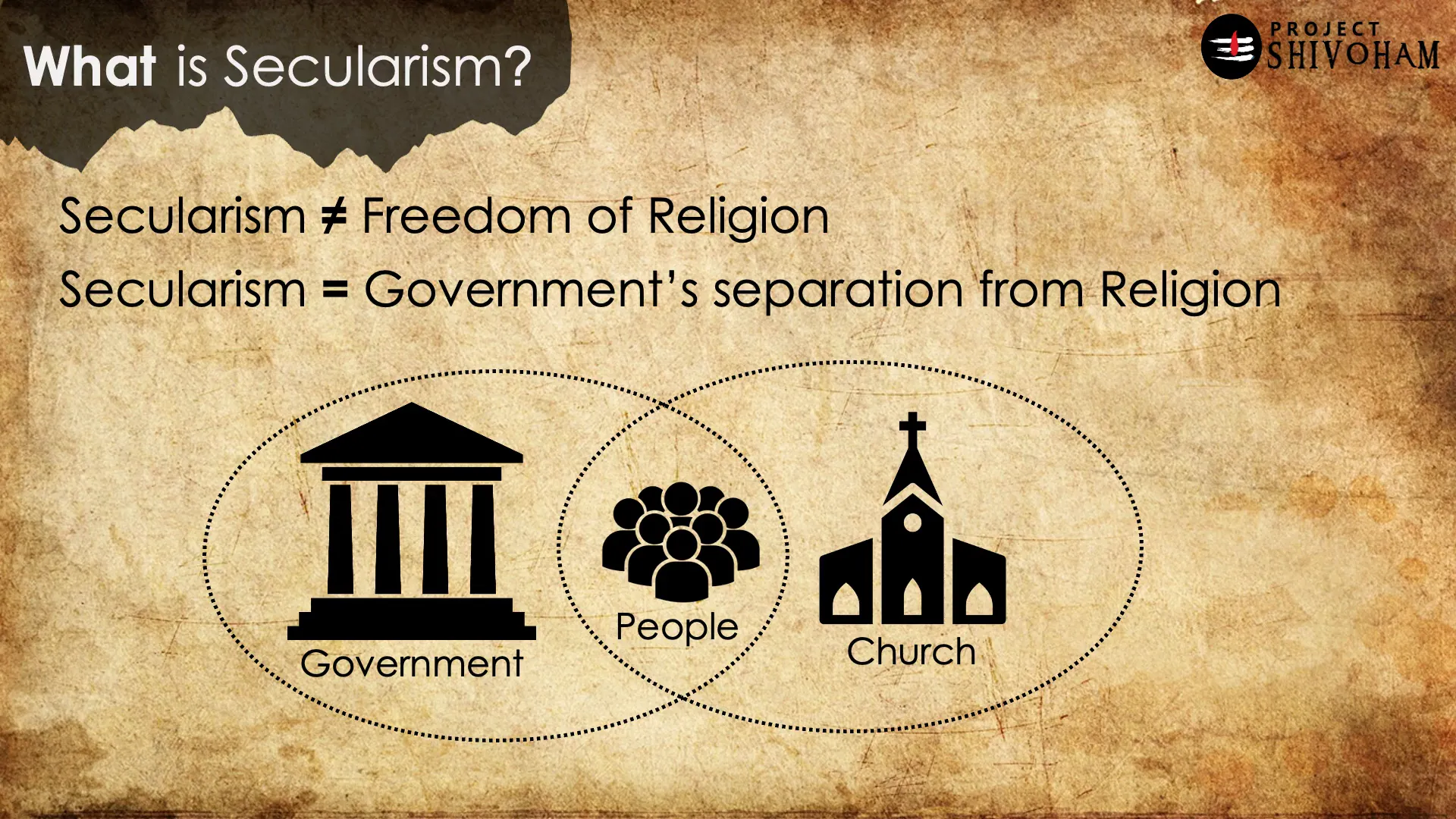
The History and Origins of Secularism
The roots of secularism can be traced back approximately 3,500 years to the Israelites, who, under Moses, sought a new homeland. This group initially operated under a theocratic system, where religious leaders held both spiritual and political authority. Over time, this duality evolved, leading to the separation of religious and political roles. This historical context is vital for understanding how secularism emerged, particularly in Western societies.
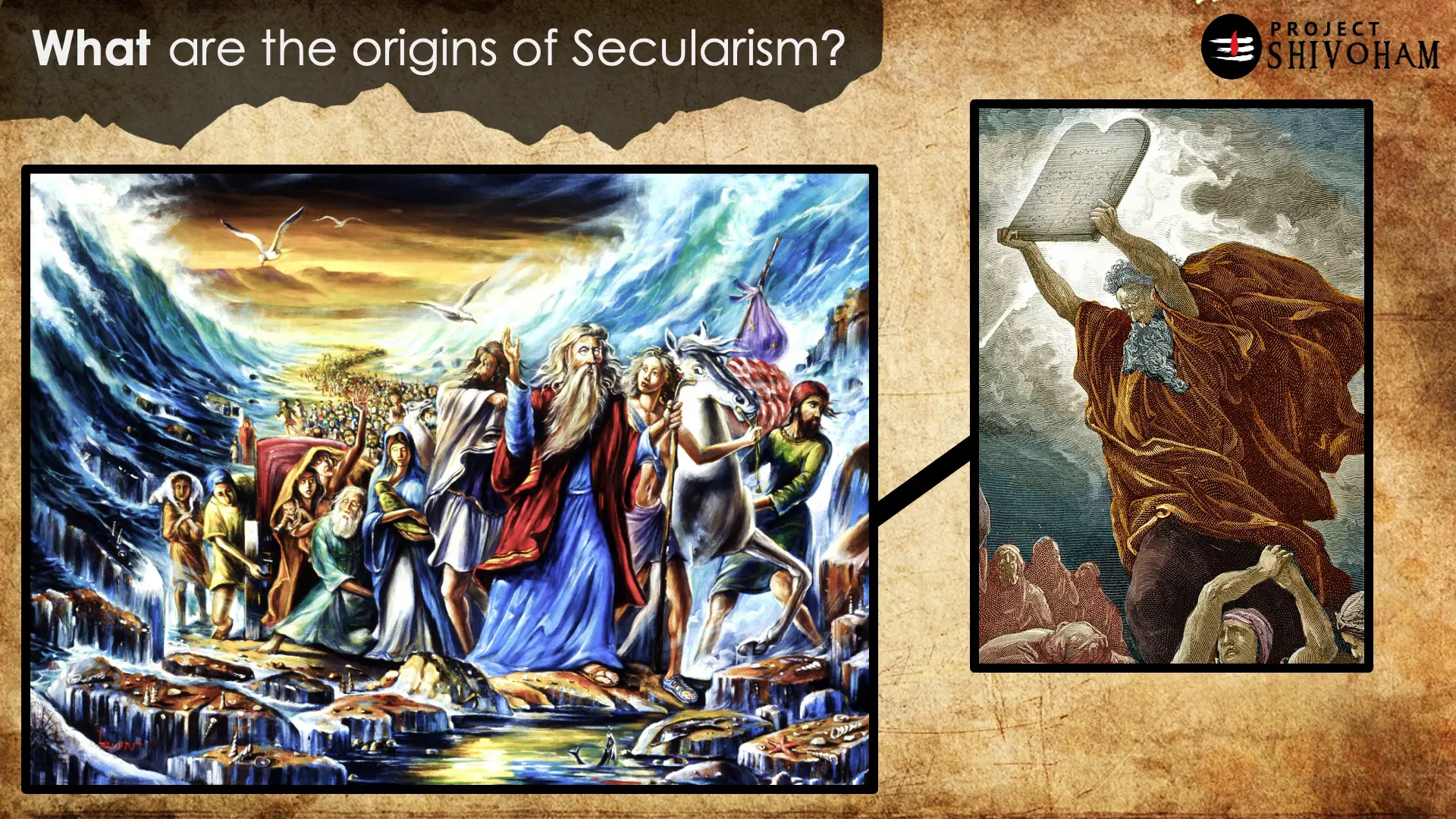
The Theocratic Roots of Secularism
In early societies, theocracy was prevalent, where religious leaders wielded significant power. The Israelites’ transition from a unified religious and political authority to a governance model that recognized distinct roles was a pivotal moment. As civilizations progressed, similar patterns emerged, particularly in Christianity, where the Pope’s authority often overshadowed political leadership. These historical developments laid the groundwork for the later emergence of secularism.
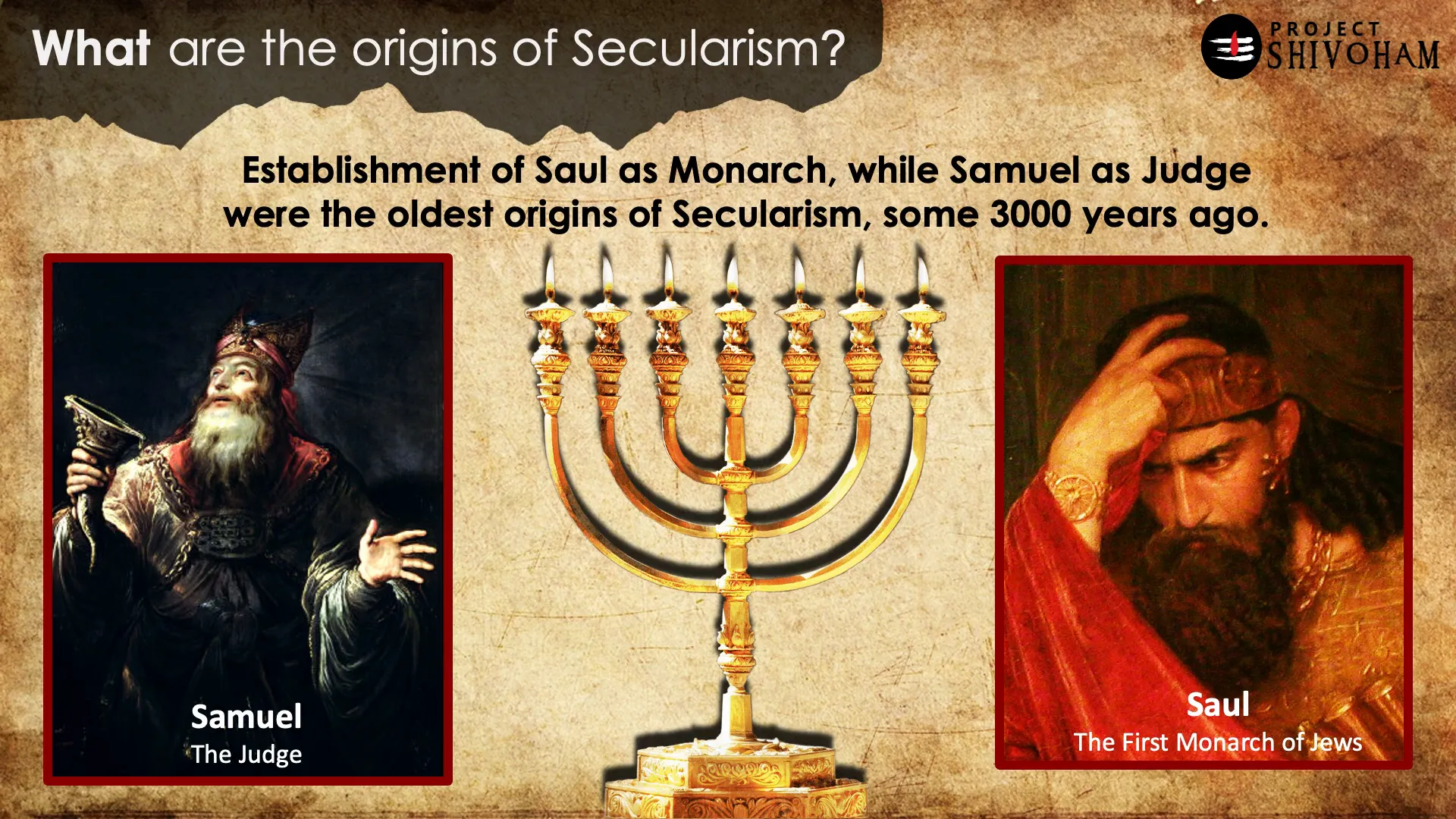
Secularism in the Western Context
Secularism took root in Western societies predominantly influenced by Christianity. Despite the existence of a single dominant religion, the need for separation between church and state arose. This begs the question: why did secularism emerge in a context where religious harmony was presumed? Understanding the socio-political motivations behind this shift is essential for grasping secularism’s relevance in contemporary society.
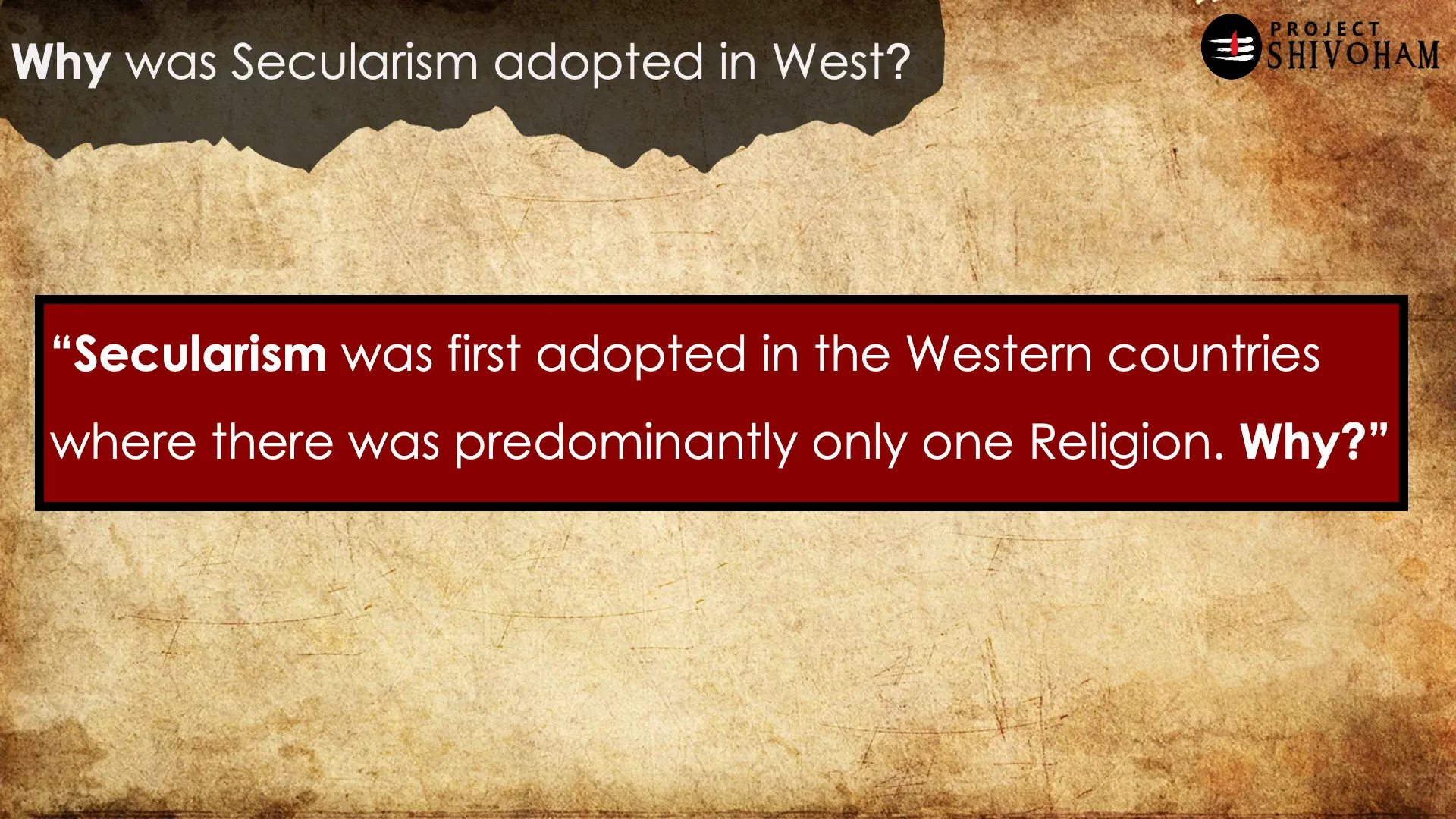
As we reflect on these themes, it becomes evident that secularism is not merely a political doctrine; it is a complex ideology shaped by historical, cultural, and philosophical contexts. The contrast between the Abrahamic and Dharmic philosophies offers a framework for understanding the compatibility of secularism within Bharat’s unique pluralistic heritage.
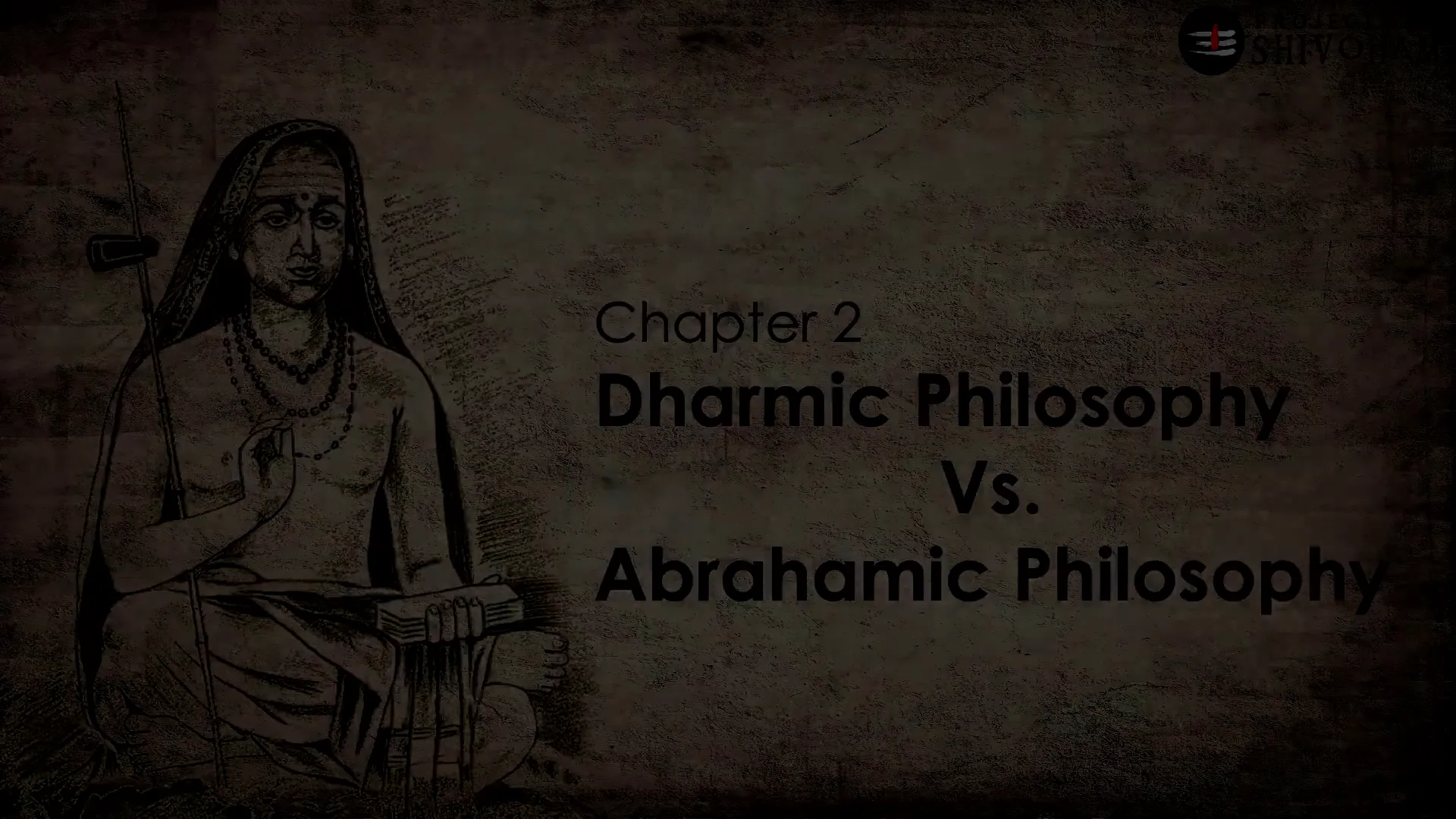
Dharmic vs. Abrahamic Philosophies
The comparison between Dharmic and Abrahamic philosophies reveals fundamental differences in worldview, ethics, and spiritual practices. Dharmic philosophies, rooted in Hinduism, Buddhism, Jainism, and Sikhism, emphasize a holistic understanding of existence, where the divine is immanent in every aspect of life. In contrast, Abrahamic philosophies, represented by Judaism, Christianity, and Islam, tend to focus on a transcendent God who is separate from creation.
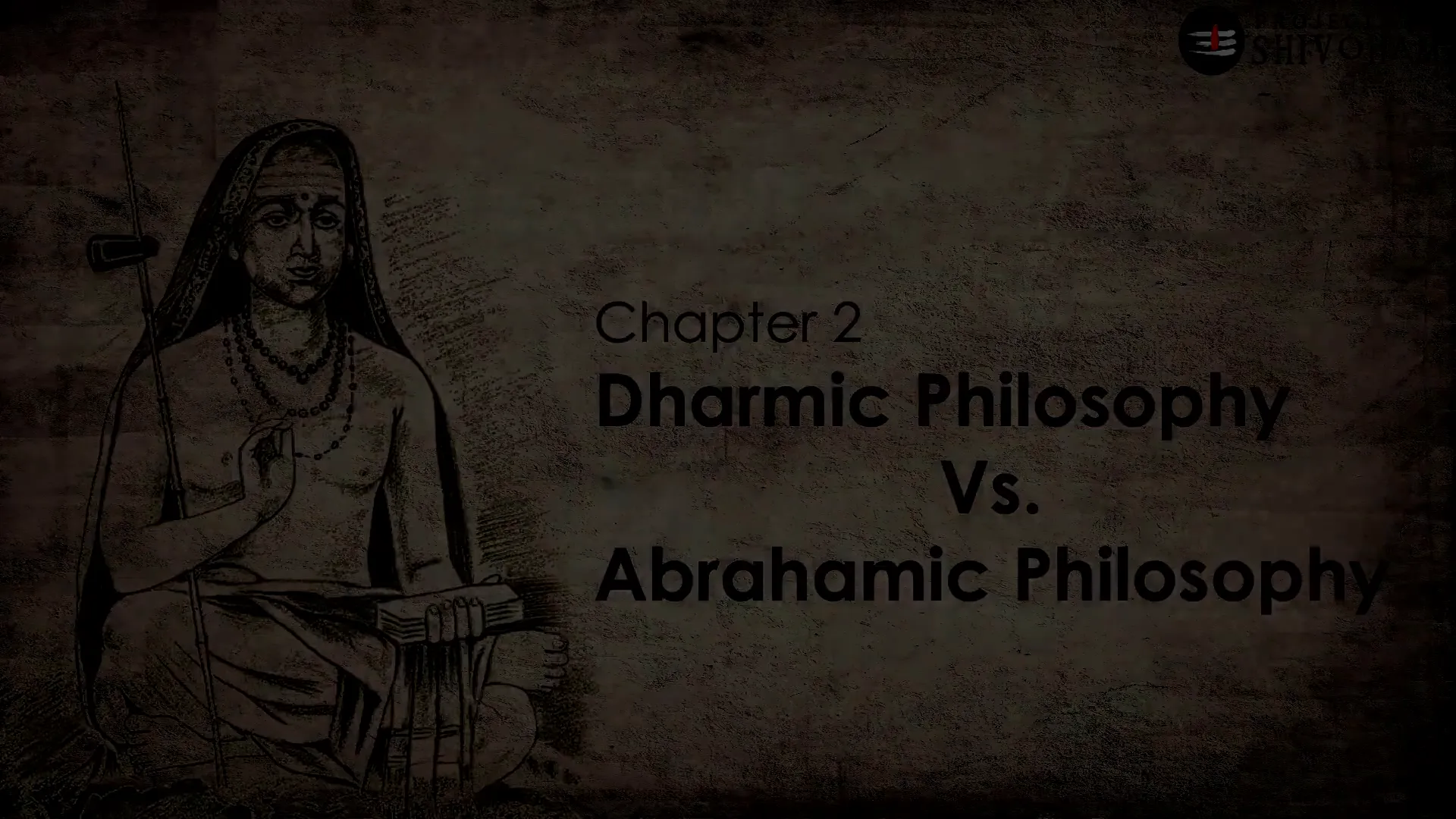
Core Tenets of Dharmic Philosophy
At the heart of Dharmic philosophy is the concept of Dharma, which refers to the moral order of the universe and individual duty. This philosophy teaches that every individual has a unique path to realization and liberation. Here are some core tenets:
- Interconnectedness: Everything in the universe is interconnected, and every being is a manifestation of the divine.
- Karma: Actions have consequences, and one’s present circumstances are shaped by past actions.
- Moksha: The ultimate goal is liberation from the cycle of birth and rebirth (samsara).
- Multiple Paths: There are various paths to reach the divine, allowing for personal exploration and experience.
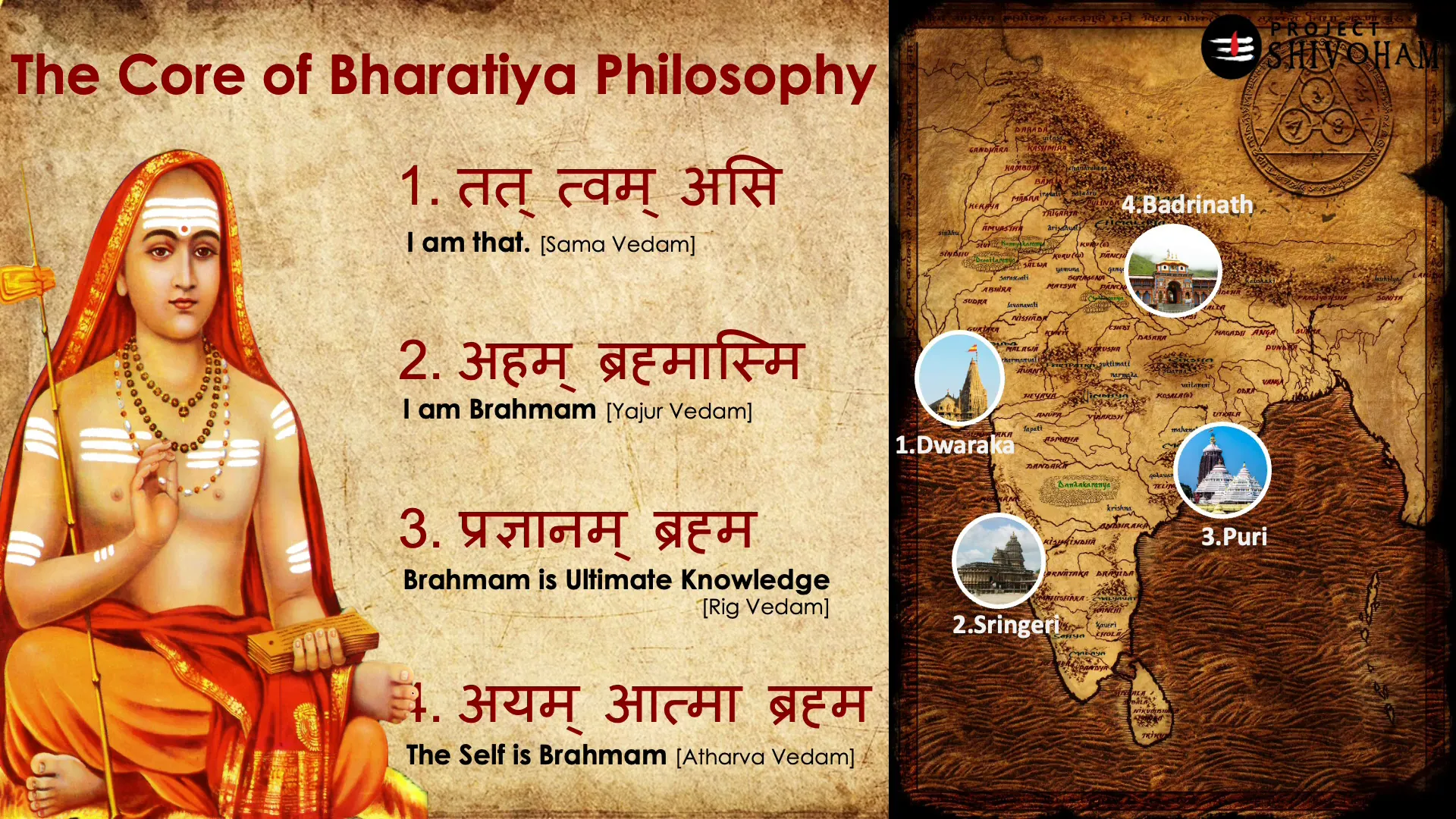
Core Tenets of Abrahamic Philosophy
Abrahamic philosophies are characterized by a belief in a singular, omnipotent God who has a personal relationship with humanity. The core tenets include:
- Monotheism: Belief in one God who is separate from His creation.
- Revelation: Sacred texts, such as the Bible and Quran, are viewed as the ultimate truth revealed by God.
- Moral Absolutes: Adherence to a set of commandments or laws that govern ethical behavior.
- Salvation: The belief that faith in God and adherence to His commandments lead to salvation and eternal life.
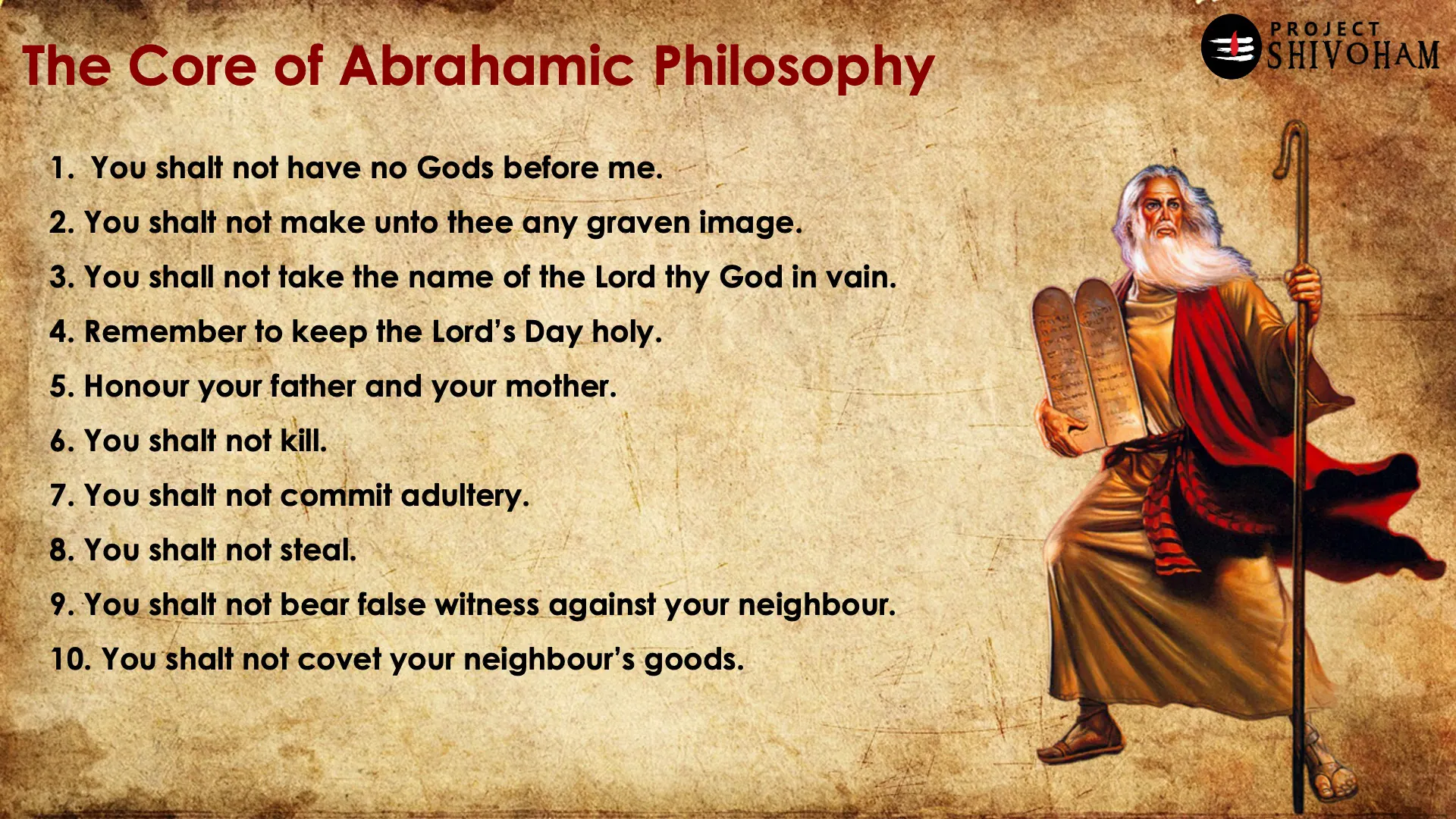
Comparative Analysis of Philosophies
The differences between Dharmic and Abrahamic philosophies manifest in their understanding of the self, the divine, and the universe:
- Nature of God: Dharmic philosophies view divinity as immanent, while Abrahamic philosophies perceive God as transcendent.
- Concept of the Self: In Dharmic thought, the self is a reflection of the divine, whereas Abrahamic traditions often regard humanity as separate and subordinate to God.
- Approach to Ethics: Dharmic ethics are often situational and context-based, while Abrahamic ethics are typically absolute and universal.
- Path to Liberation/Salvation: In Dharmic traditions, liberation can be attained through various means, including knowledge and meditation. In contrast, Abrahamic faiths emphasize faith and obedience to God’s will.
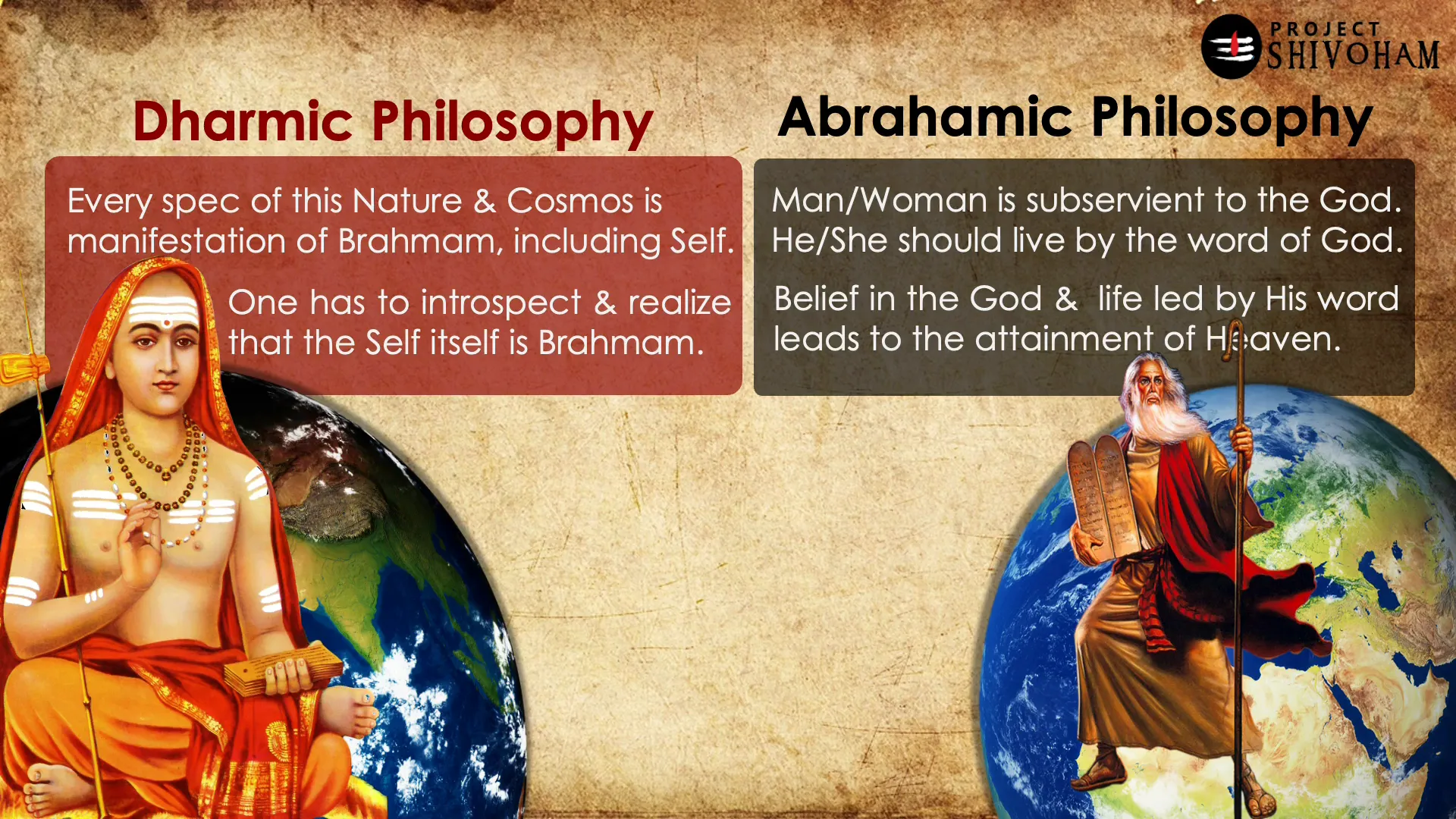
Is Secularism Relevant to Bharat?
In the context of Bharat, secularism presents unique challenges and opportunities. Bharat’s rich tapestry of cultures and religions necessitates a framework that respects pluralism while ensuring governance remains impartial to religious influences. However, the question arises: does the Western model of secularism fit Bharat’s diverse landscape?
Many argue that secularism, as practiced in the West, often leads to the marginalization of indigenous beliefs and practices. In contrast, Bharat’s historical context has always embraced pluralism, allowing multiple beliefs to coexist harmoniously. Therefore, a redefined secularism that acknowledges and respects this pluralism may be more relevant.
The Concept of Ista Devata
Central to Dharmic philosophy is the notion of Ista Devata, or the personal deity chosen by an individual for worship. This concept allows for a deeply personal relationship with the divine, reflecting the diversity of beliefs within Bharat. Each person is encouraged to find their path, leading to a multitude of expressions of faith.
This personal choice contrasts sharply with the Abrahamic emphasis on a singular, universal God. In Bharat, the Ista Devata embodies the principle that divinity can be understood and experienced in myriad ways, reinforcing the idea that truth is multifaceted.
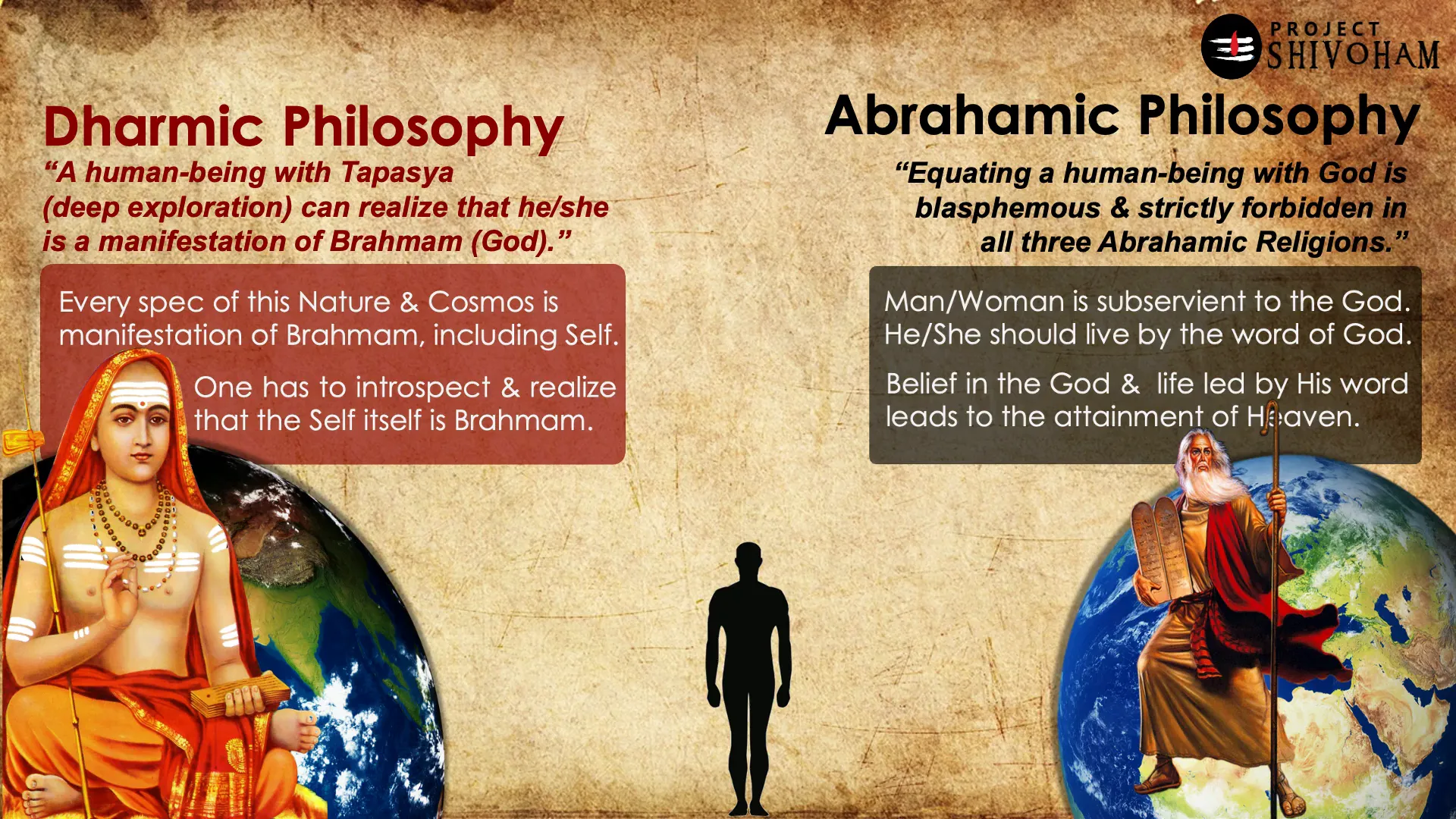
Pluralism in Bharatiya Philosophy
Bharatiya philosophy is deeply rooted in pluralism, recognizing the coexistence of diverse beliefs and practices. This is not merely a tolerance of differences; it is an active appreciation of the multiplicity of paths to spiritual realization. At its core, pluralism in Bharatiya thought emphasizes that no single belief system holds a monopoly on truth.
The essence of pluralism is captured in the ancient Sanskrit phrase, “Ekam Sat Vipra Bahudha Vadanti,” meaning “Truth is one; the wise call it by many names.” This foundational principle illustrates that various religions and philosophies, while distinct, are ultimately expressions of the same universal truth.
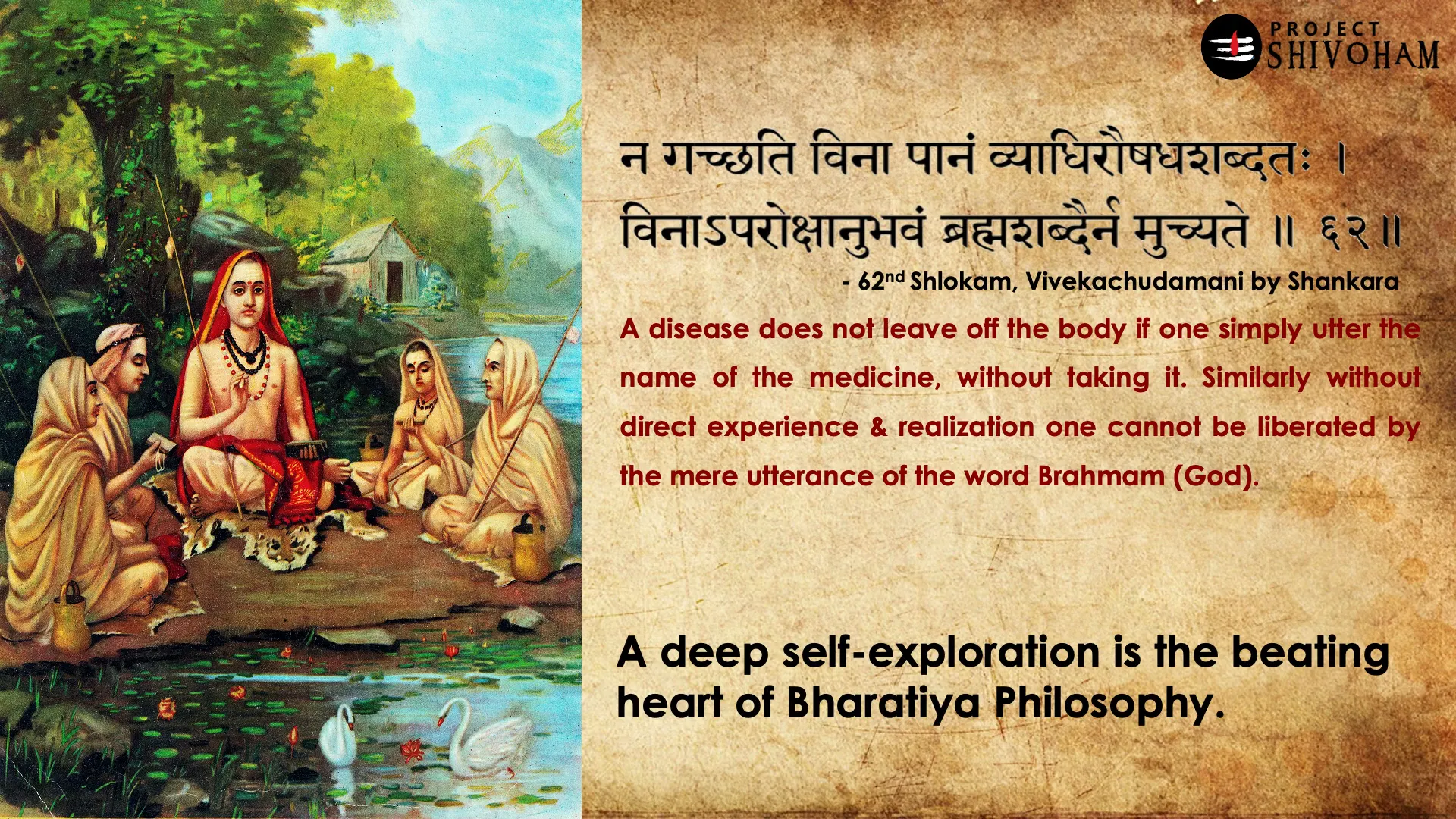
Key Aspects of Bharatiya Pluralism
- Respect for Diversity: Bharatiya philosophy teaches that different paths can lead to the same goal of enlightenment or Moksha.
- Personal Experience: Each individual’s journey is unique, and personal experiences are valued as legitimate sources of knowledge.
- Inclusivity: The framework of Bharatiya thought is inclusive, allowing various beliefs to coexist and flourish.
- Relational Understanding: The emphasis is on the interconnections between different faiths and philosophies rather than on divisions.
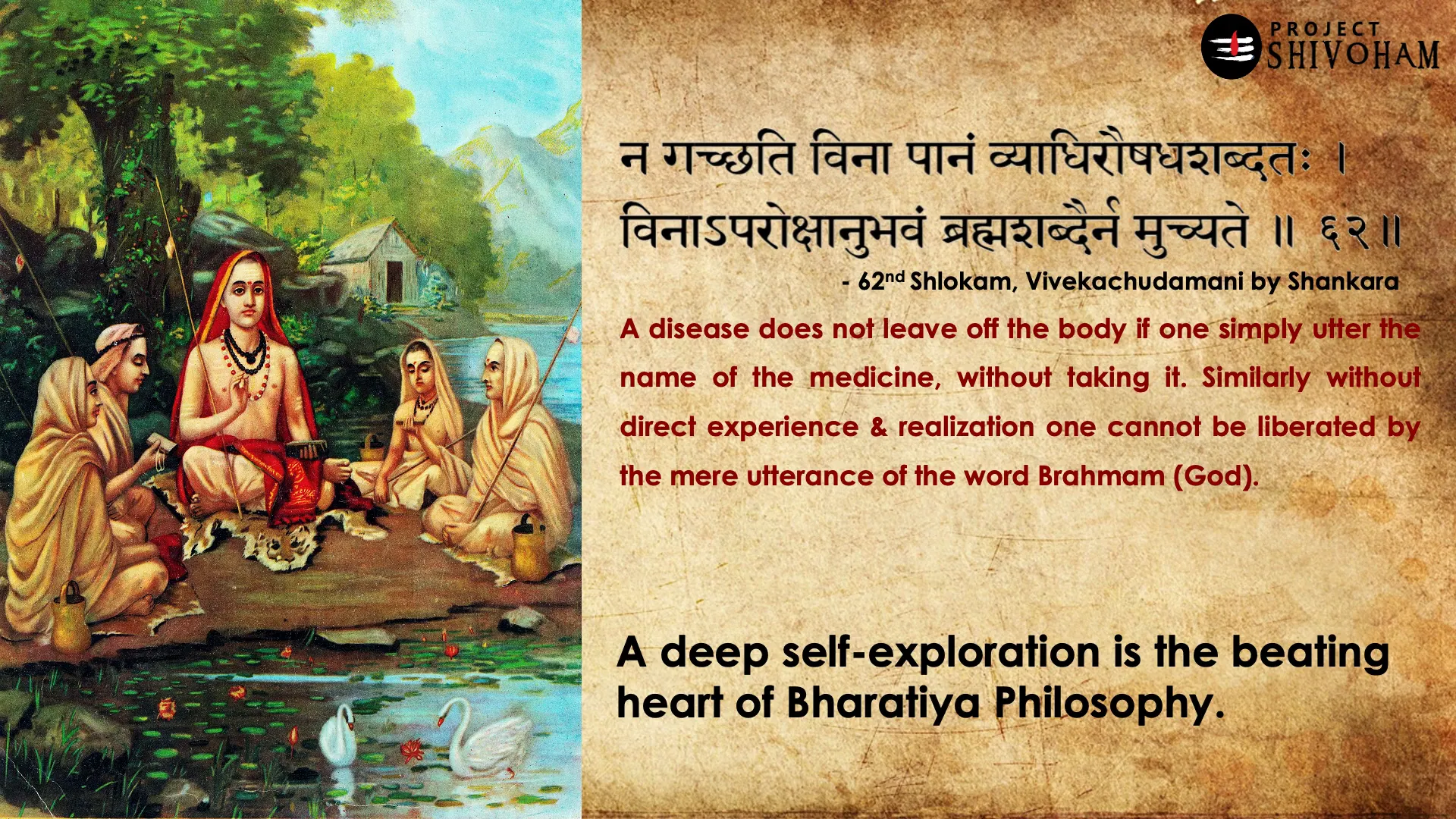
Constitutional Context of Secularism in India
The Constitution of India enshrines secularism as a fundamental principle, defining the relationship between the state and religion. Articles 25 and 26 guarantee the freedom of religion, allowing individuals to practice their faith without interference from the state.
However, the interpretation and implementation of these articles often raise questions. Critics argue that the secular framework can be misused to promote pseudo-secularism, where the state appears neutral but may favor certain religious groups over others.
Key Articles on Secularism
- Article 25: Provides the freedom to profess, practice, and propagate religion, ensuring that individuals can follow their beliefs without state intervention.
- Article 26: Grants the right to manage religious affairs, allowing communities to administer their own religious institutions.
Challenging Pseudo-Secularism
Pseudo-secularism refers to the practice of promoting a superficial form of secularism that often leads to the marginalization of indigenous beliefs. This phenomenon is evident in the political landscape of India, where the term “secularism” is often invoked to justify policies that may not truly reflect the spirit of pluralism.
To counter pseudo-secularism, it is essential to engage in open dialogues that recognize the historical and cultural contexts of Bharat. Acknowledging the rich tapestry of Bharatiya civilization can help dismantle the misconceptions that often accompany the term secularism.
Strategies to Combat Pseudo-Secularism
- Awareness and Education: Promote understanding of the true meaning of secularism as separation of state from religion, rather than the suppression of religious identities.
- Encourage Dialogue: Foster discussions that highlight the pluralistic nature of Bharat, encouraging respect for all beliefs.
- Policy Advocacy: Advocate for policies that genuinely reflect the secular ethos of the Constitution without favoring any particular religion.
The Pluralistic Fabric of Bharat
The pluralistic fabric of Bharat is woven from centuries of diverse cultural and religious influences. This rich heritage has fostered a unique environment where multiple faiths coexist, each contributing to the overall tapestry of Indian society.
Recognizing and nurturing this pluralism is crucial for maintaining social harmony and national integrity. The ability to appreciate different perspectives not only enriches individual experiences but also strengthens community bonds.
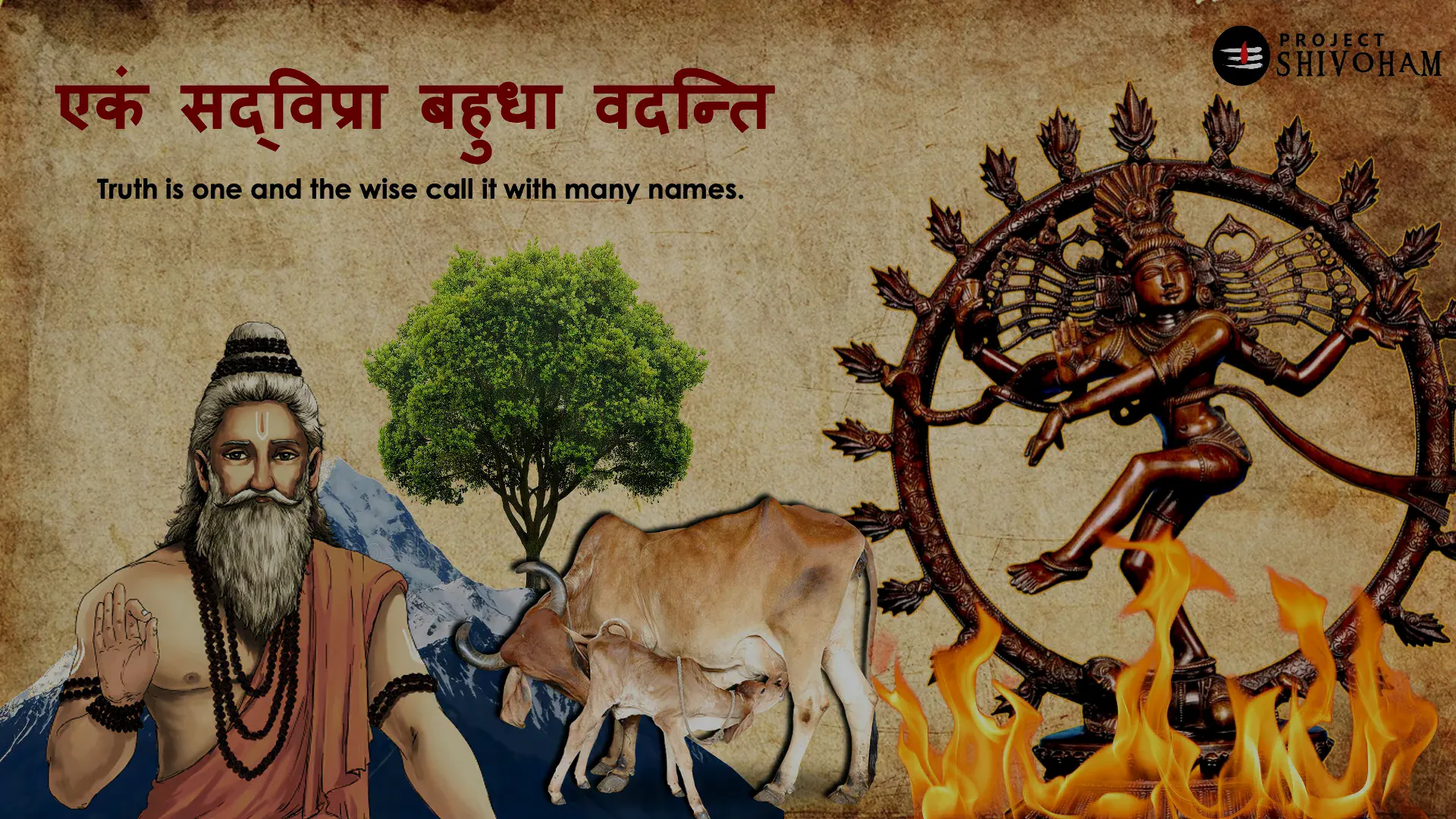
Elements of Bharat’s Pluralism
- Cultural Intermingling: Festivals, rituals, and customs from various religions often blend, creating a vibrant cultural landscape.
- Shared Spaces: Places of worship for different religions often exist side by side, symbolizing mutual respect and coexistence.
- Common Values: Many ethical principles, such as compassion and non-violence, are shared across various faiths, fostering a sense of unity.
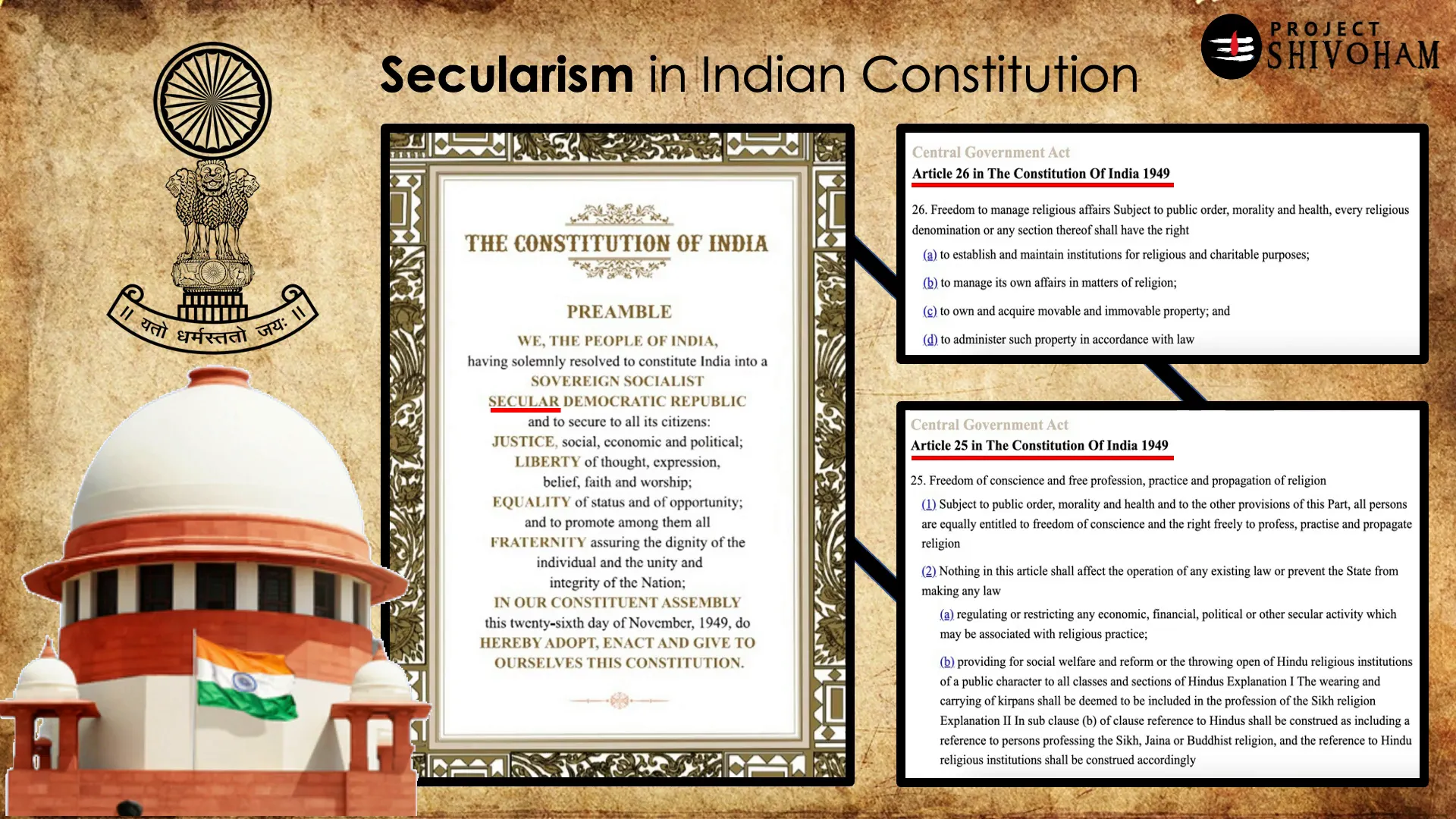
Final Thoughts on Pluralism vs. Secularism
The ongoing discourse surrounding pluralism and secularism in Bharat highlights the need for a nuanced understanding of both concepts. While secularism aims to create a neutral state that respects all religions, it is pluralism that truly embodies the spirit of Bharat’s diverse heritage.
Embracing pluralism allows for a more inclusive society where individuals can express their beliefs freely while fostering understanding and respect among different communities. It is essential to recognize that secularism, while important, should not overshadow the rich tradition of pluralism that has been the hallmark of Bharat for millennia.
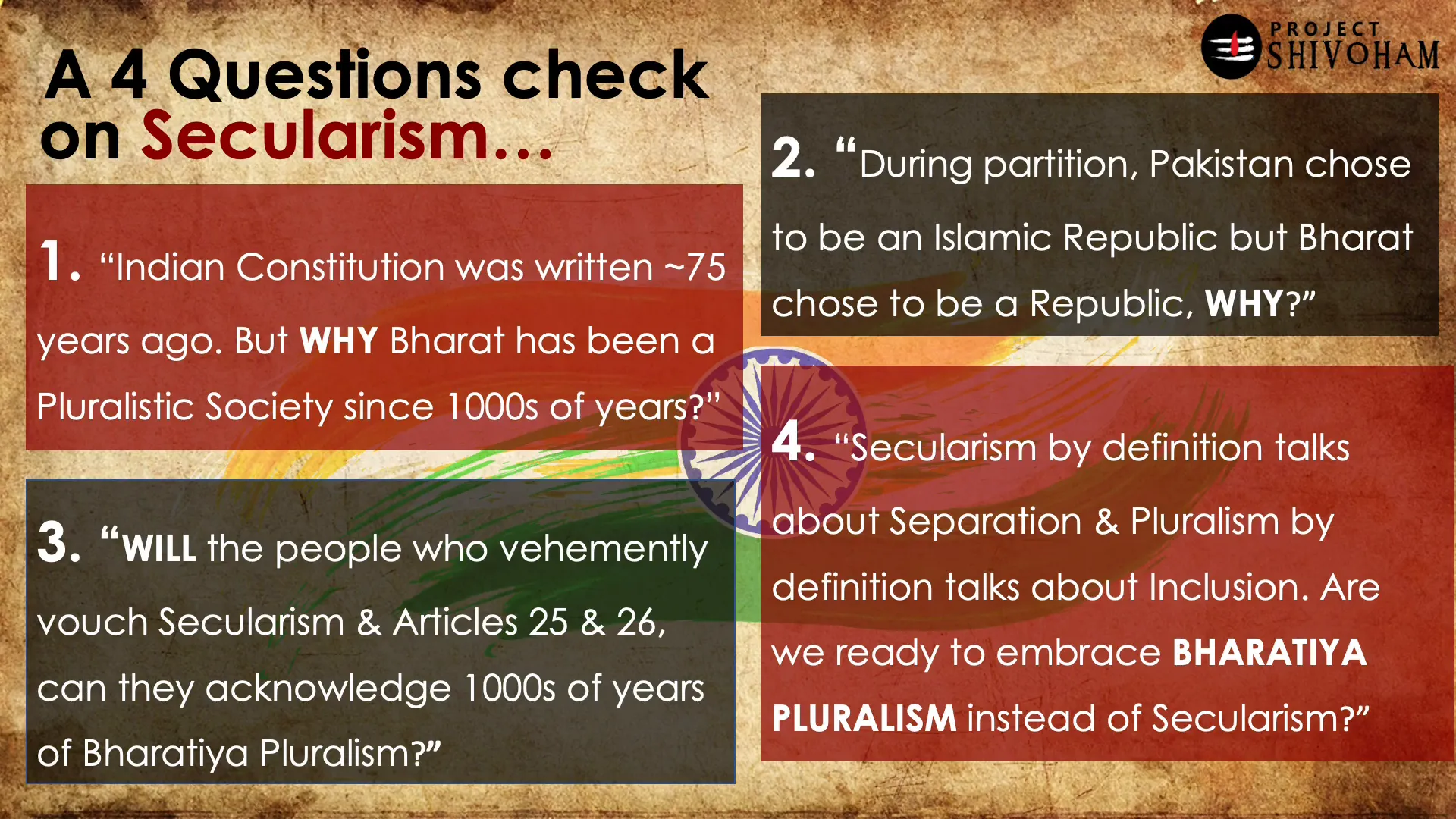
FAQs on Secularism and Pluralism
What is the difference between secularism and pluralism?
Secularism refers to the separation of religion from the state, ensuring that the government remains neutral towards all religions. Pluralism, on the other hand, emphasizes the coexistence and acceptance of diverse religious and cultural beliefs within society.
How does the Indian Constitution support secularism?
The Indian Constitution supports secularism through Articles 25 and 26, which guarantee freedom of religion and the right to manage religious affairs. This framework aims to create an environment where individuals can practice their faith freely.
Can secularism coexist with religious beliefs?
Yes, secularism can coexist with religious beliefs as long as the state remains neutral and does not favor any particular religion. This balance allows individuals to practice their faith while ensuring that governmental policies are not influenced by religious ideologies.
Why is pluralism important in Bharat?
Pluralism is important in Bharat because it fosters social harmony and mutual respect among diverse communities. It acknowledges the rich cultural heritage of the nation and encourages individuals to appreciate different perspectives, ultimately contributing to a more cohesive society.
